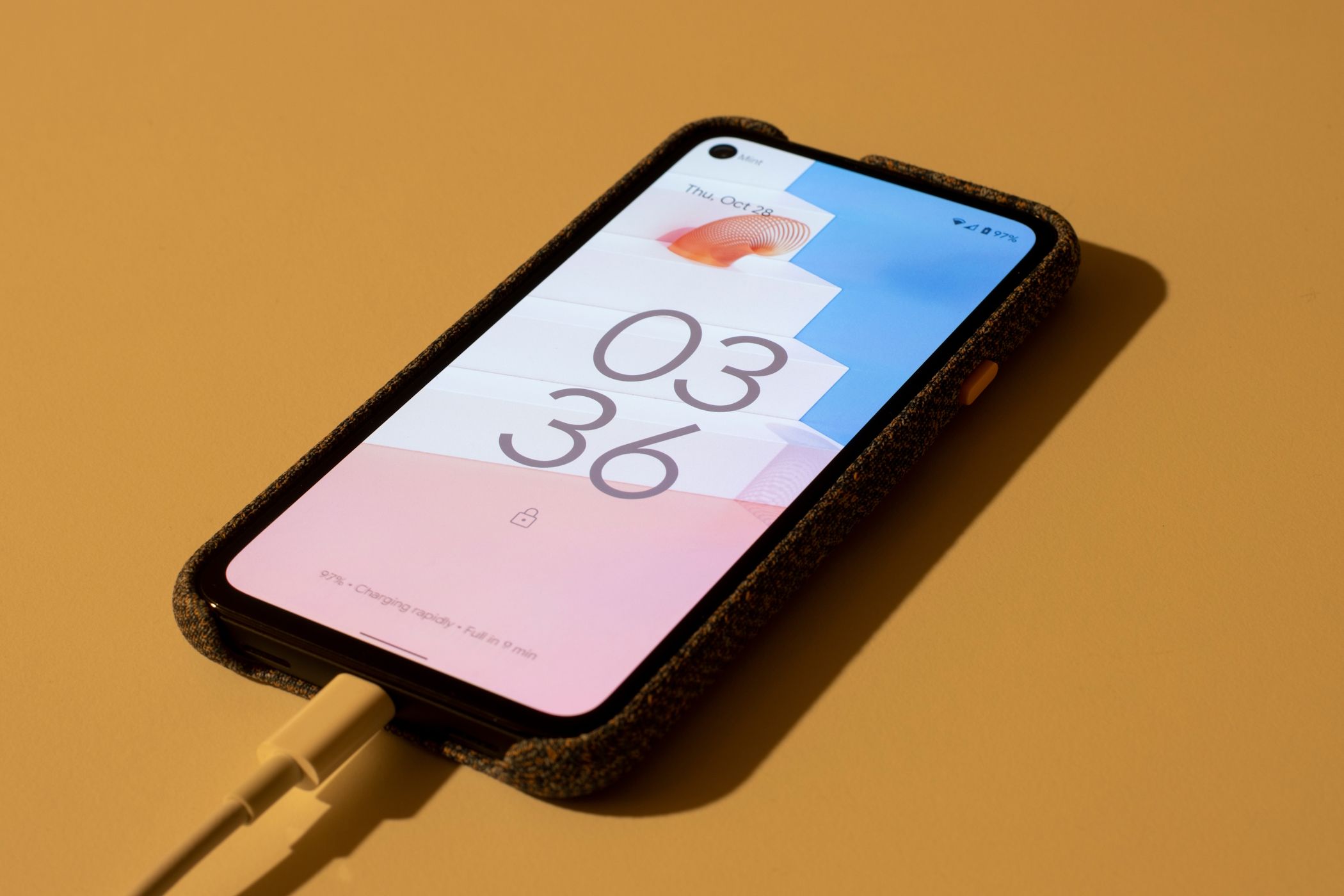[ad_1]
Should you’re utilizing Android, chances are you’ll need to watch out when making calls to your financial institution. That’s as a result of an up to date malware program known as FakeCall has reportedly been hijacking outgoing Android machine calls to banking establishments.
Kaspersky first found the FakeCall Trojan in 2022, however hackers have just lately up to date it with a number of horrifying new options, together with the power to seize your machine’s display.
How Does FakeCall Work?
FakeCall works through abuse of Android’s Accessibility Providers and a method often known as “vishing,” a portmanteau of “voice” and “fishing.” Based on Zimperium, a world Android, iOS, and Chromebook safety agency, vishing makes use of social engineering and fraudulent calls to trick customers into revealing confidential data or taking different harmful actions.
Should you’ve ever been contacted claiming that you simply’ve inherited cash, or {that a} cherished one has been incarcerated, then it’s seemingly that scammers focused you for vishing. As a result of the callers sound pressing and authoritative, many individuals fall sufferer. It’s a rising drawback, and based on the FTC, in 2022, victims of telephone scams misplaced roughly $1,400 every to scammers.
FakeCall is extra refined than different scams, nevertheless, because it combines a malware part with cleverly disguised fraudulent calls. Which makes it barely extra harmful for these unaware of its existence. It additionally mimics the Android telephone dialer, so all the things appears regular.
However, if you make an outgoing name to your financial institution, as an alternative of a financial institution worker, you’re related to a hacker who asks for delicate data. And because you’re talking with a human, chances are you’ll not even suspect the impersonator is stealing your valuable data.
How Does FakeCall Unfold?
The FakeCall malware is often unfold when customers sideload APK recordsdata from websites that resemble the Google Play Retailer. Zimperium states there are presently 13 malicious apps which can be getting used to unfold FakeCall. Whereas the corporate hasn’t recognized which apps they’re, it has recognized sure indicators of compromise (IOC), and listed them on its GitHub database.
Once you unknowingly obtain a tainted app, it asks you for permission to turn into the default name handler. As a result of the app appears to be like reliable, many individuals instantly grant entry. That’s when FakeCall takes over, and the difficulty begins.
Utilizing this entry, hackers can steal data, stay stream your machine’s display, take screenshots, unlock your machine, and even flip off the auto-lock operate of your telephone.
Tips on how to Keep Protected
To remain protected against malware corresponding to FakeCall, it’s necessary to keep away from putting in suspicious APK recordsdata in your Android machine. As an alternative, solely obtain apps from the official Google Play Retailer. Ensure you have Google Play Shield enabled; putting in a trusted Android antivirus app can present a further layer of protection. You also needs to reboot your machine repeatedly to spice up its safety.
Sadly, hackers will proceed their relentless pursuit of your private data. Nonetheless, the strongest safety is to equip your self with an intensive data of the most effective safety practices in your Android gadgets. Lastly, it’s best to keep away from providing machine permissions to unusual apps, and restrict the apps in your machine to solely those you belief.
[ad_2]
Supply hyperlink

